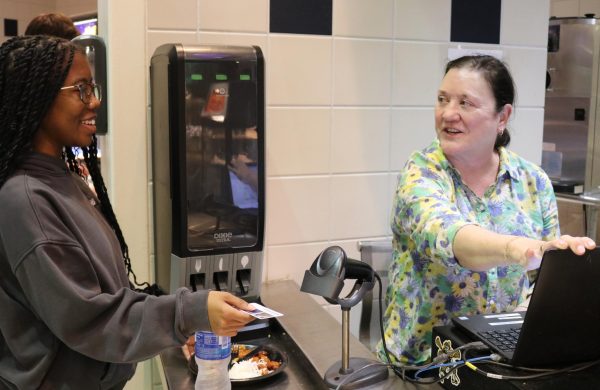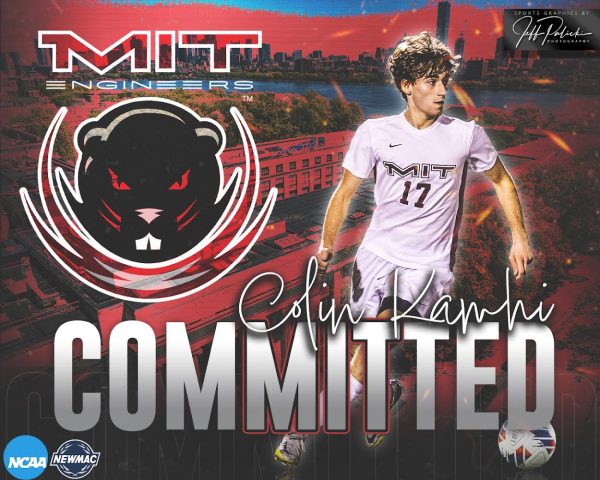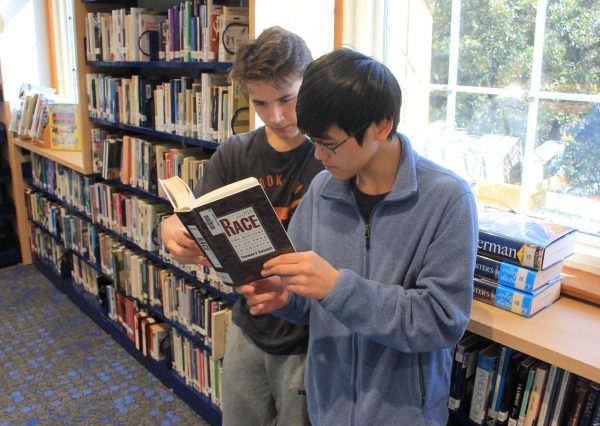Staying En Pointe

Freshmen students doubling as training pointe dancers in their spare time.
Pointe dancing is an art that has been around since the 19th century. They are inspired
from earlier dancers like Marie Taglioni, who is the first known dancer to be in a full-length
ballet on pointe. Only a select few people are promoted to this level of ballet, and two of them
are freshmen this year.
Abby Trusler and Rebecca Russell are both pointe students at the studio, City Ballet. It is
a studio dedicated to teaching its students ballet since 1949. They are both on the level of Pointe
B- and it is their third year on pointe. There are four different levels, A, B, C, and D. A is the
beginning year, B is the next level, C is more advanced, and D is the highest level. Their level of
strength is how it is determined after their first year as an A where they are then placed.
Abby Trusler had not always known she wanted to be a pointe dancer. That realization
came from when she was involved in other styles of dance. “I have been dancing since I was
two,” Trusler said. “When I was younger, I hated ballet. I was on a drill team for six years, and
that required that I took jazz, hip hop, and modern as well. In order to be on the drill team, you
have to take ballet also. I had moved studios to City Ballet to find somewhere that taught ballet. I
found that I enjoyed it, so I quit drill team and now do ballet only. The most rewarding part is
knowing you’ve worked hard to get where you are and that it made an impact on your life.”
The pointe shoe consists of three major parts. The box that is where the dancer’s toes are
held. Next is the shank, what creates the stiffness of the sole and the arch. Lastly, there is the
platform, where the dancer balances all of her weight and creates the weightless look to her
movements.
The thought of dancing on your toes and the amount of pain you think there would be
involved is enough to discourage most, but not Rebecca Russell.
“Breaking in pointe shoes hurts sometimes because you have to work the stiffness out,
but after you get your foot used to the shoe you never notice it anymore,” Russell said.
“Performing on pointe is just like any other type of dance. If you practice a lot, it gets to be
easier and more fun. There is always a certain amount of pain involved in putting your entire
body mass on a square inch, but the effect is stunning, and that makes it worth it.”
Pointe dancing takes hard work and dedication, and starting from an early age helped
both Trusler and Russell reach that level of dance. They devoted most of their spare time to
practice and prepare for performances. But in the end, all of the hard work is put to showing
everyone how much they advanced from when classes first started.












